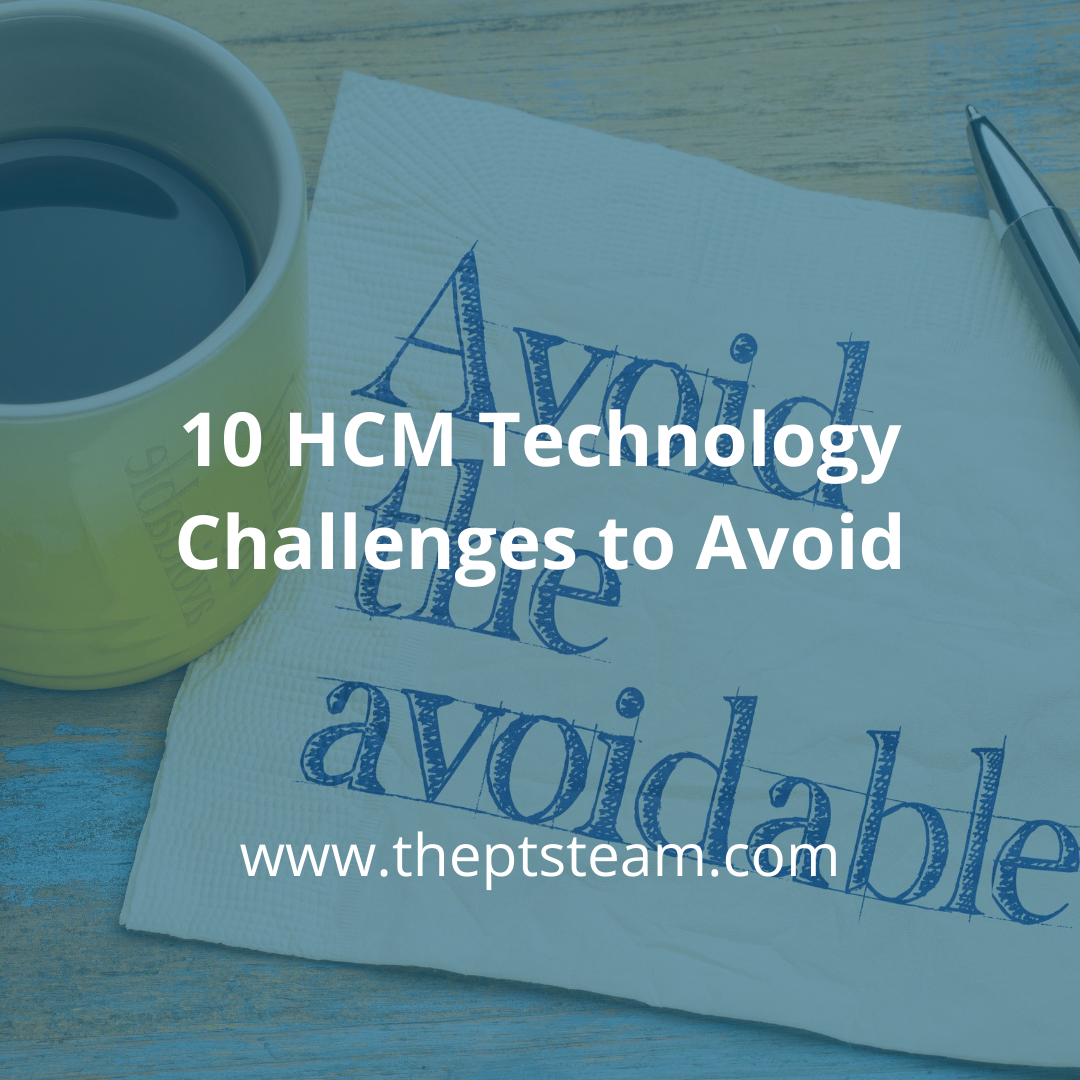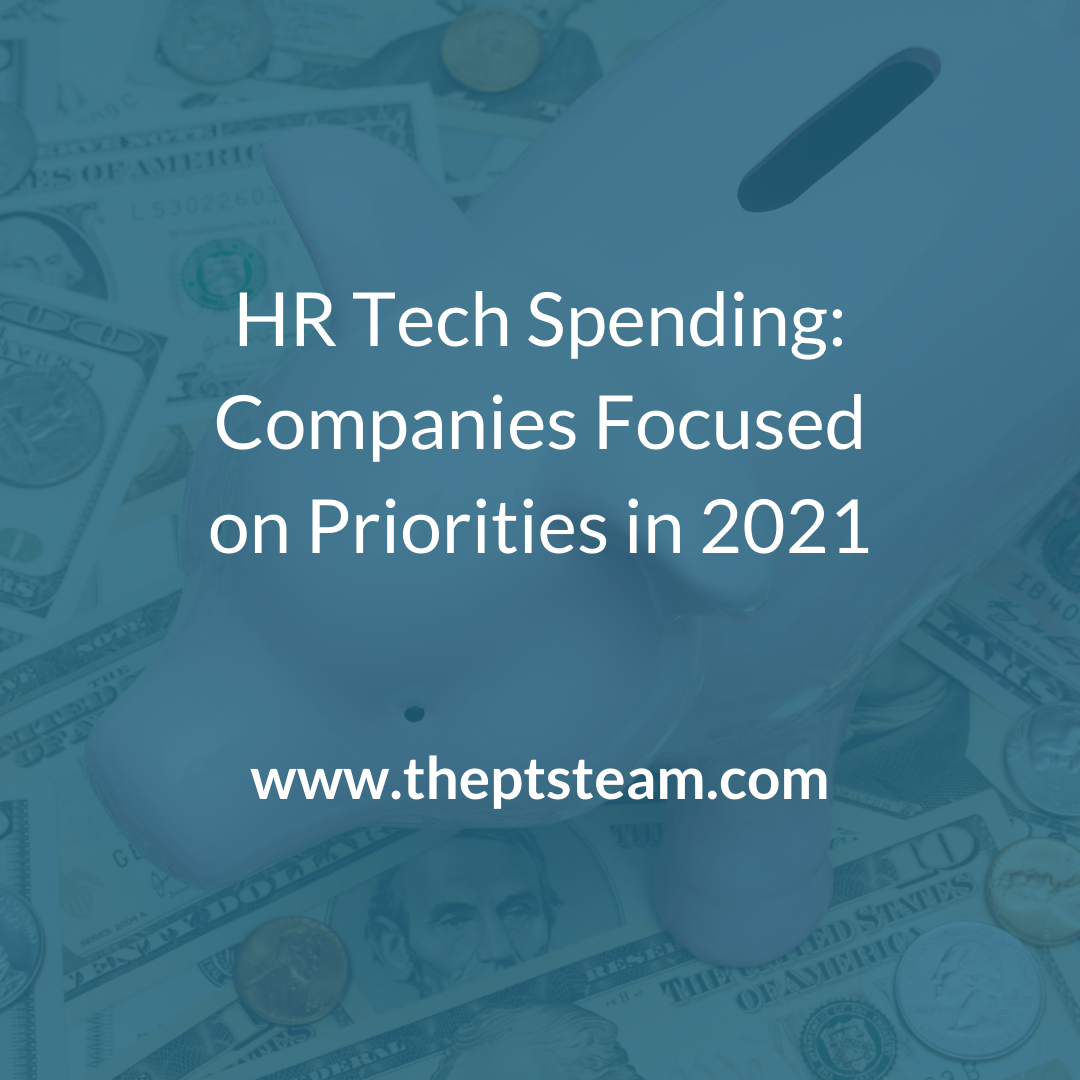Aligning human capital management technology with your business processes enables each HR function to run effectively and efficiently.
From recruiting to payroll to talent development, HCM technology transforms HR into a strategic function by optimizing workflows, improving employee experience, and increasing the return on investment in human capital.
But systems must be implemented correctly, integrated properly, and supported fully to achieve fundamental change and success. You must approach technology holistically and focus on each aspect of the HR function thoroughly to avoid these ten HCM technology challenges and maximize ROI.
1) Integrating solutions
Best-of-breed solutions are great for getting the best of each type of HCM technology, like talent acquisition, workforce management, or benefits administration applications. But your total return will be less than the sum of your parts if you do not solve common HCM integration problems such as managing multiple updates and ensuring a smooth user experience across all applications.
2) Gaining visibility
Knowing how well-engaged employees perform is essential for measuring how new technology will increase productivity and improve performance. However, companies often lack the HR analytics and reporting needed to glean insights and reach company goals. Training internal employees to extract data from your systems or bringing in outside help could be an investment worth considering.
3) Improving the employee experience
HCM technology should make work easier—and even enjoyable—for employees. Needlessly complex processes and difficult software frustrate employees who expect the same easy-to-use tools and convenient features that they enjoy as consumers. Please your workers, by following consumer experience trends such as automating tasks with artificial intelligence and engaging with employees through feedback apps.
4) Maintaining data integrity
Relying on different people and apps can cause inconsistencies in data if you do not manage data correctly. Establish a corporate policy on data integrity to help ensure data is managed even during staffing changes. Large backlogs or major historical inconsistencies may require bringing in an extra or a fresh pair of eyes to review in a data audit.
5) Eliminating manual processes
Human resource professionals surveyed by FinancialForce.com ranked manual processes and spreadsheets as the biggest of pains wreaking havoc on HR departments. “Using spreadsheets means you’re not taking advantage of a set of business processes; you’re making up rules as you go, which isn’t a sustainable business practice,” researchers wrote.
6) Connecting HR and IT
HR may own the processes, but IT departments often control the systems. Thus, seven of 10 HR professionals say executing HR processes smoothly and efficiently under constrained resources such as time, staff, technology, and finances are today’s top HR function challenge, according to Society for Human Resource Management research in top human capital challenges.
7) Measuring ROI
The ROI for HCM technology is well below that of other technologies because it is hard to measure its benefits, according to a study by Computer Economics. “These soft benefits—including a better-equipped and more highly skilled workforce, improved employee satisfaction, and reduced risk of regulatory noncompliance—produce a real return but don’t always find their way into any accounting for success,” researchers wrote. With a little effort and strategic planning, it is possible to calculate your total cost of ownership so that you can assess ROI accurately.
8) Migrating to the cloud
Migrating HCM to the cloud produces benefits like security, efficiency, and speed. But it also creates challenges like watching the functioning of your solutions and their servers. Managing HCM in the cloud also requires process re-engineering and a holistic view of the full cloud lifecycle, including regular testing, changing costs, training, and release management, Symatrix executive Richard Dutton wrote for InformationAge. Take time to plan your successful move to the cloud.
9) Supporting new systems
New technology adds new tech support responsibilities to your IT team. This can stretch thin resources even further and pull them from value-adding innovation and transformation. Thus, 44% of companies augment staff with onsite or remote experience through IT service providers, according to a Forrester Consulting thought leadership paper about how innovation leaders need IT Services to drive transformative outcomes. Deciding how to support new systems may require leveraging a specialized HRIT staffing firm to provide contract or contract-to-hire professionals as needed.
10) Technology road-mapping
Like your business, HCM technology changes constantly. Today’s needs may be met, but tomorrow’s are uncertain. Technology road-mapping helps you create an agile plan to support your long-term strategic planning by matching your short and long-term goals with options for specific technology solutions. Forecast your future technology needs based on your business plan and projections. Properly road-mapping when to make HCM technology changes will allow for positive employee experience and increase company efficiency when it is implemented correctly, configured properly, and supported fully.
Learn how our HCM Consulting Solutions can help you increase ROI.
Contact us today to discuss your human capital consulting needs online, by email at info@theptsteam.com or by calling 904.719.8264.













